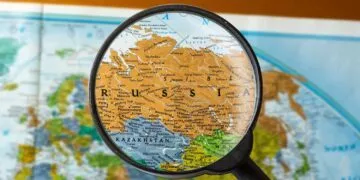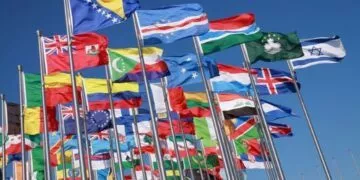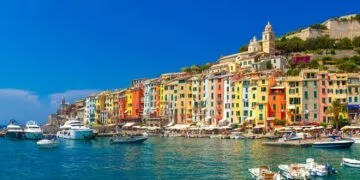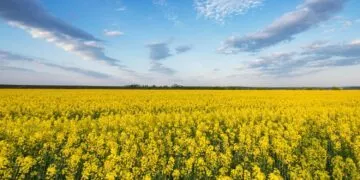You might have heard of Estonia, but do you know any more than that? Despite being a full member of the European Union, Estonia is often an undiscovered country.
It’s tucked away in the northeast of Europe, wedged between Russia, Latvia, and the Baltic Sea, and is the most northerly of the Baltic States. This hidden gem is full of natural wonders, historical sites, and magical nature.
So let’s explore this humble Baltic country with 15 enchanting facts about Estonia you probably didn’t know!
Estonia is one of the smallest countries in Europe.
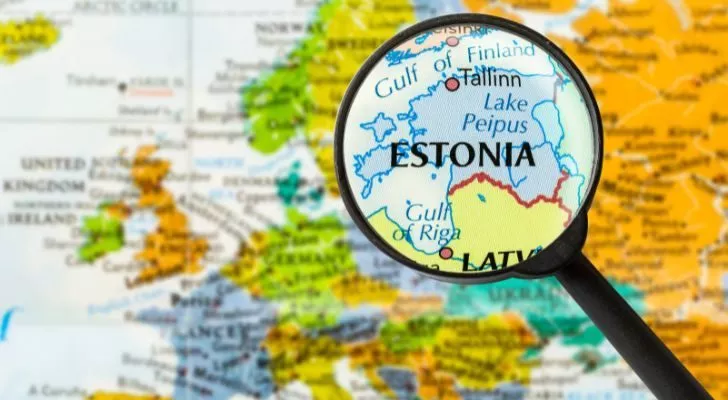
Its population stands at only 1.3 million as of 2021, small even on a global scale, and it has an area of only 17,505 square miles (45,339 square kilometers).
While there are certainly smaller nations worldwide, Estonia’s relatively recent independence, combined with its tiny stature, contributes to its lack of awareness among other countries around the world.
Estonia is one of the most digitally advanced societies.

Imagine the simplicity of being able to vote online. What about filing your taxes online with just a few clicks? Or even signing a legal document from the other side of planet Earth!
This is the reality in Estonia, the world’s first e-government.
They aim to create a more efficient and effective society for the citizens with less bureaucracy while adding transparency in essential areas such as healthcare or education.
You can become an e-resident there.

Speaking of their technologically advanced government, they even offer the ability to become an online resident of their country through their e-residency program.
That’s right, with just your computer, you can apply to form a company in the European Union and all the benefits that entails.
It gets seriously cold in Estonia.
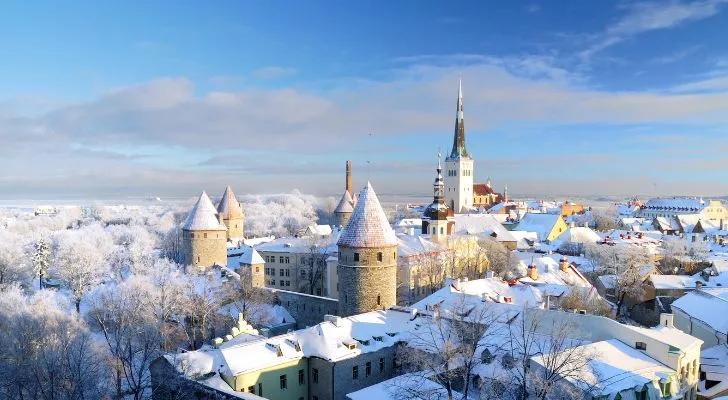
In winter, Estonia can experience temperatures around 20.3°F (-6.5°C) and has records showing nights dropping to -45°F (-46.3°C). The ground becomes rock hard, and a layer of ice covers the land.
They have heavy snowfall between January and February, and when it’s cold enough, the sea even freezes!
More than 50% of Estonia is covered in forest.
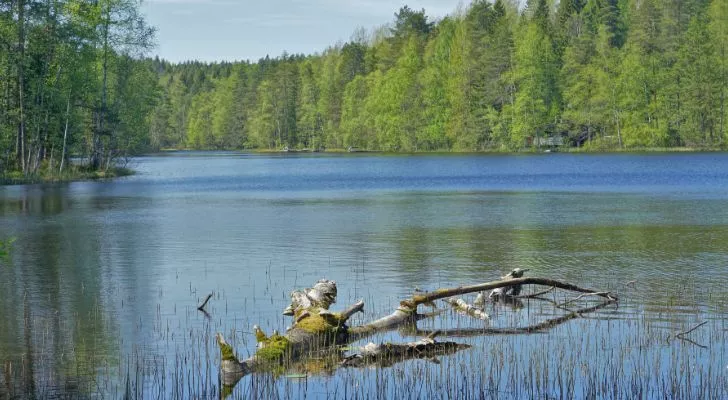
Not only that, but nearly a quarter of the country consists of protected areas as well, leading Estonia to have the 4th best air quality in the world.
These forests are teeming with wildlife, including lynxes, foxes, rabbits, deer, and even bears!
It is a country rich in nature.
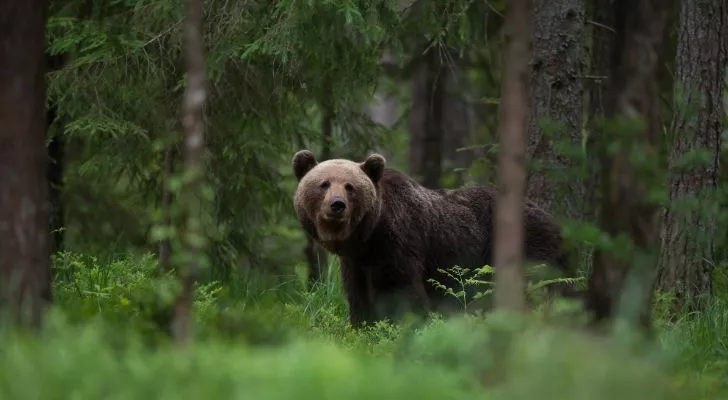
As a country so densely covered in forests, Estonia is a wonderful home to wildlife. Around 65 different species of mammals live in the country’s woodlands.
These include around 250 wolves, 950 brown bears, 12,000 wild boar, 12,000 moose, and about 130,000 wild goats.
Much of Estonia’s symbolism relates to its closeness with nature.
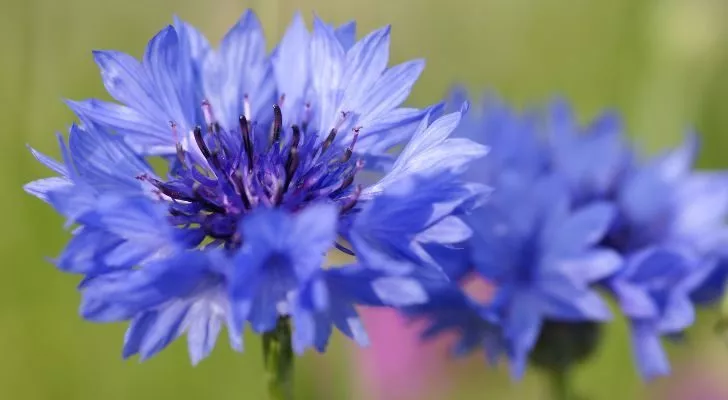
Many symbols from nature represent Estonia, one of which is the Cornflower. This symbol is ingrained so deeply in Estonian roots that its flag includes the color “Cornflower Blue” in its trio alongside black and white.
Other symbols include Baltic Herring, their national fish, and Grey Limestone, their national stone.
You can see their flag in nature itself.
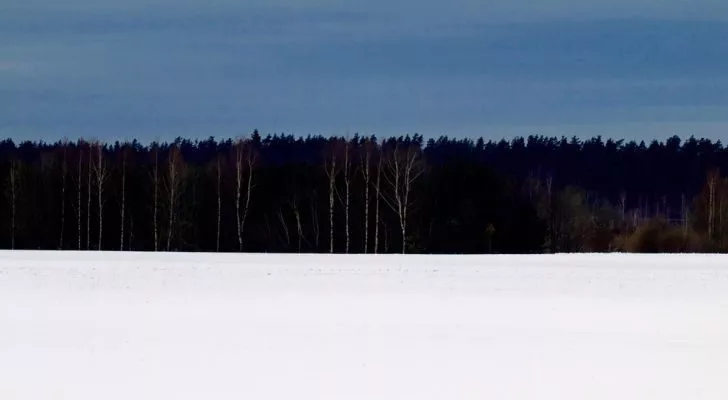
Speaking of Estonian colors, their flag is a horizontal tricolor or blue, black, and white. While black is already an unusual color for a European country’s flag, it gets even better.
Estonia’s nature can represent each color: blue is the sky, black is the earth and trees, and at the bottom of the flag, white is the snow.
While many countries may have similar symbolisms, this can be physically seen throughout the country on a clear winter’s day, as dark trees shed their leaves, appearing black, snow covers the ground, and the bright blue sky shines through!
Northern Europe’s best-preserved medieval city is in Estonia.
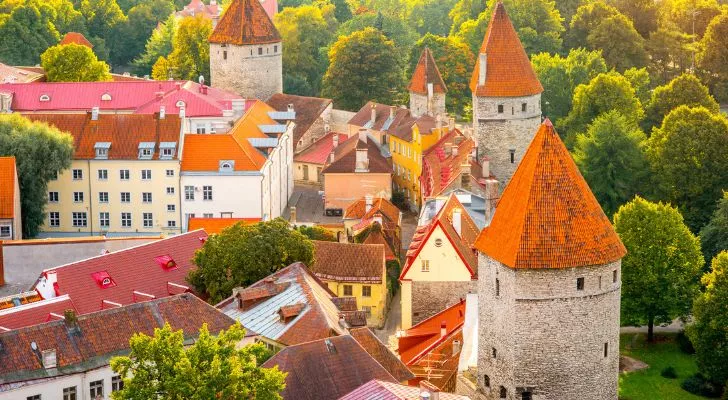
Tallinn, Estonia’s capital, was granted city rights by the king of Denmark in the 13th century. Since then, even through multiple wars, the Old Town of this capital city has been incredibly well preserved.
You can still see its medieval houses, alleyways, and even the old city wall, which still wraps itself around this historical part of the city
There are over 2,000 islands in Estonia.
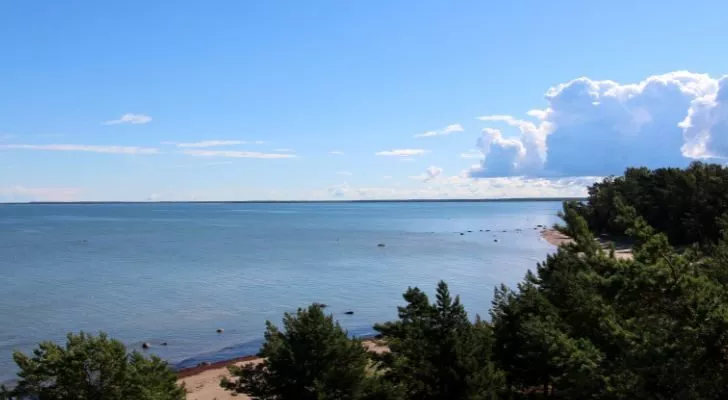
Finland is only a short boat trip away from Estonia, and between these winter wonderlands, there are thousands of Estonian islands to visit.
Most are uninhabited, but some have year-round residents, where you can enjoy the local nature and experience traditional Estonian culture.
Estonia has 12 UNESCO heritage features.
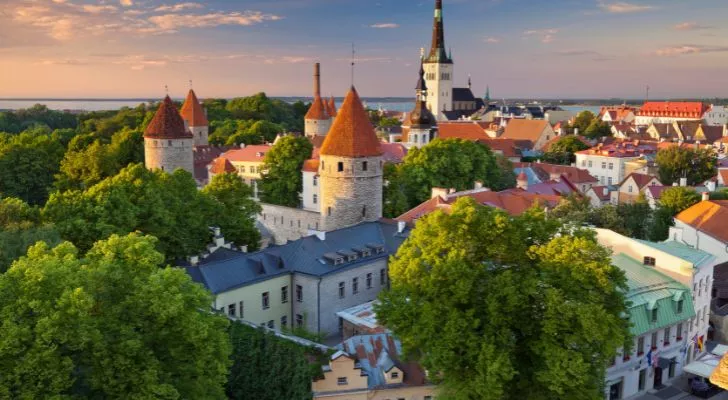
The traditions and history of Estonia are fascinating, and UNESCO has even recognized 12 aspects of Estonian culture, landscapes, and buildings as worthy of international recognition and preservation.
These aspects range from traditional singing styles to wildlife biospheres, to even specifically Estonian ways of creating a smoke sauna.
One of the most notable of these heritage sites is the old historical town of Tallinn, which is now Estonia’s capital.
Estonia is known as “the singing nation.”
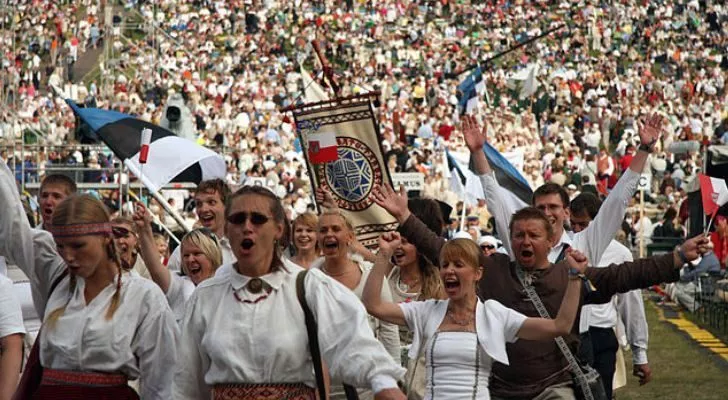
In addition to having a national Laulupidu (“Singing Party”) every five years and having song and dance heavily tied to their national identity, singing was even part of how modern Estonia came to be.
While many countries have a history of violent and hard-fought revolutions to secure their independence, Estonia’s is very different.
The Baltic country found its place on the world stage through its Singing Revolution, in which they, along with the other Baltic states, protested against Soviet occupation.
Spontaneous mass singing demonstrations took place in Estonia, where enormous crowds sang patriotic songs, solidifying the desire for independence.
Estonia gained its independence from the collapse of the Soviet Union in 1991.
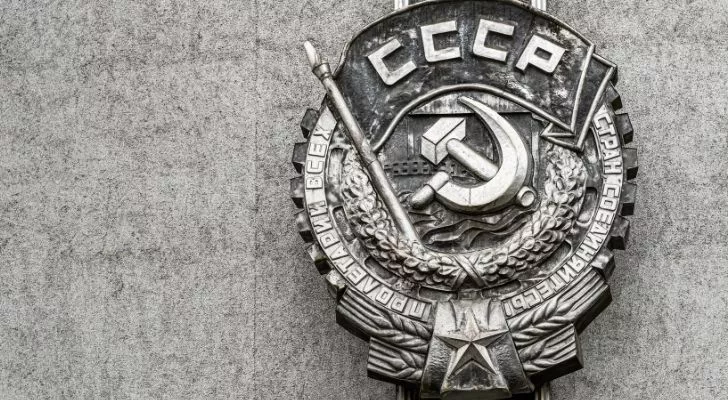
Throughout its history, Estonia has been ruled by many other countries, including Russia, Sweden, and Denmark.
It first gained independence in 1918, towards the end of the First World War, though this was short-lived as the Soviet Union occupied the country again during WWII.
Through their Singing Revolution, they eventually regained their independence, which was declared on August 20, 1991.
Estonia ranks among the world’s least religious nations.

This is quite notable considering how historically religious other countries in Europe are and how many of these religious countries invaded Estonia throughout history.
Of the Estonian population, only around a quarter consider themselves religious, and only 14% consider religion an important part of their lives.
This is thought to be due to the Soviet Union’s occupation of Estonia, before which the country was actually quite Christian.
Estonia is a great place to see the Northern lights.
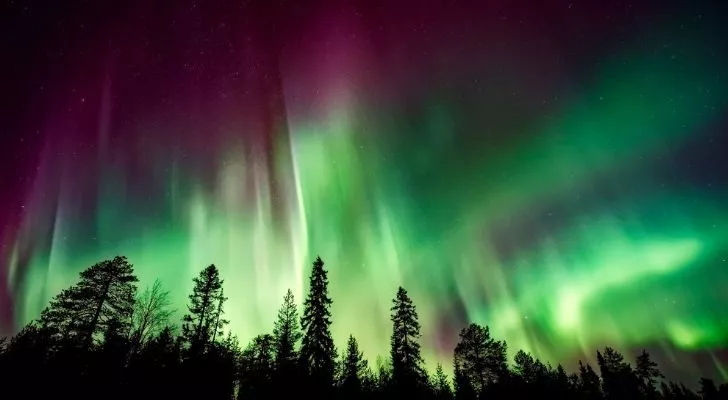
Estonia is the most northern of the Baltic countries, which makes the Northern Lights (Aurora Borealis) more likely to be seen here than in its Baltic neighbors.
Due to its large forested area and uninhabited islands, it is a unique viewing place for the spectacle that nature has to offer.
Estonia is often forgotten. Maybe this is the first time you’ve even heard about it, but this underrated wonderland is one of Europe’s hidden gems.
Between its sweeping landscapes, highly developed digital society, and close cultural ties with its past, Estonia has something to offer everyone.
So, if you’re looking for an enchanting place to visit with history, nature, and a modern twist, then this is the place for you!


